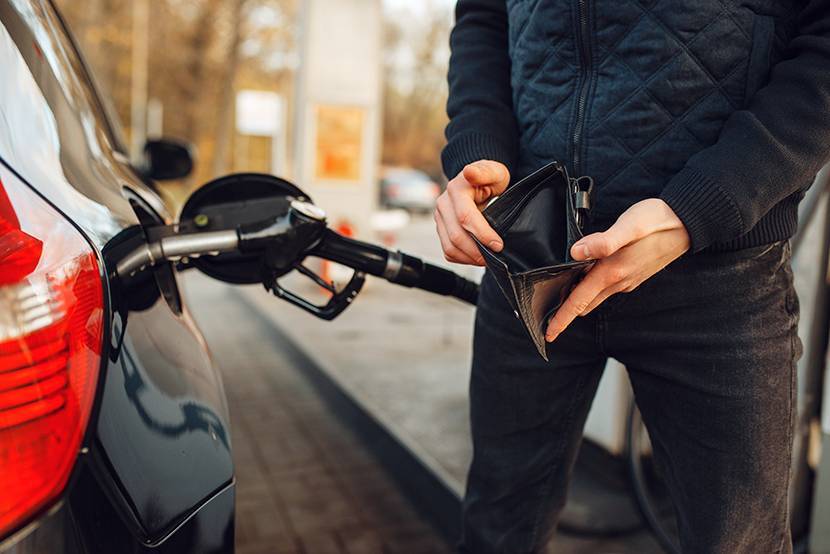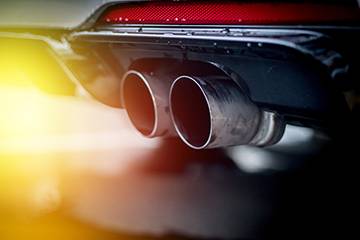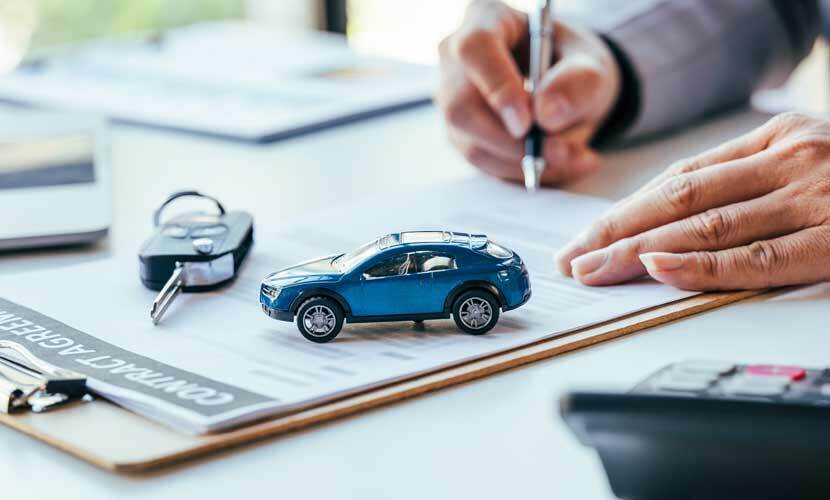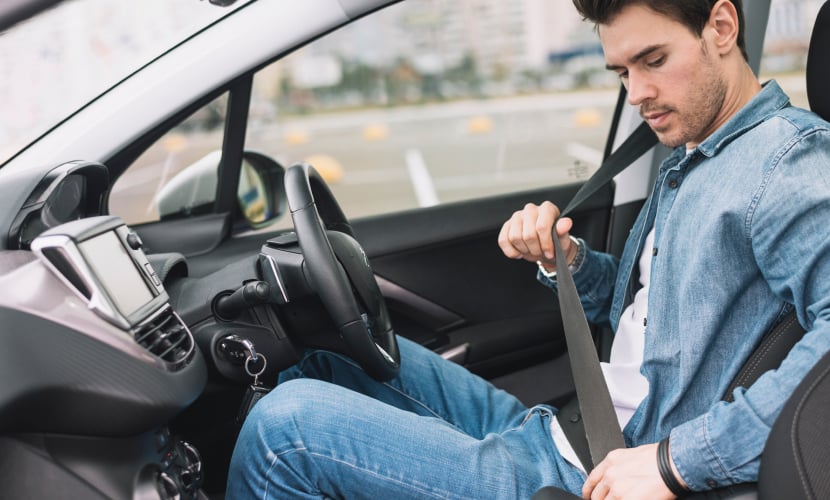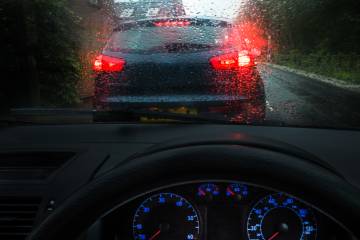If you’re driving in Europe or abroad, make sure you have the right insurance and other road essentials for your trip.
We look at the important documents you need to gather before you drive abroad, as well as some key pieces of kit to keep in the car.
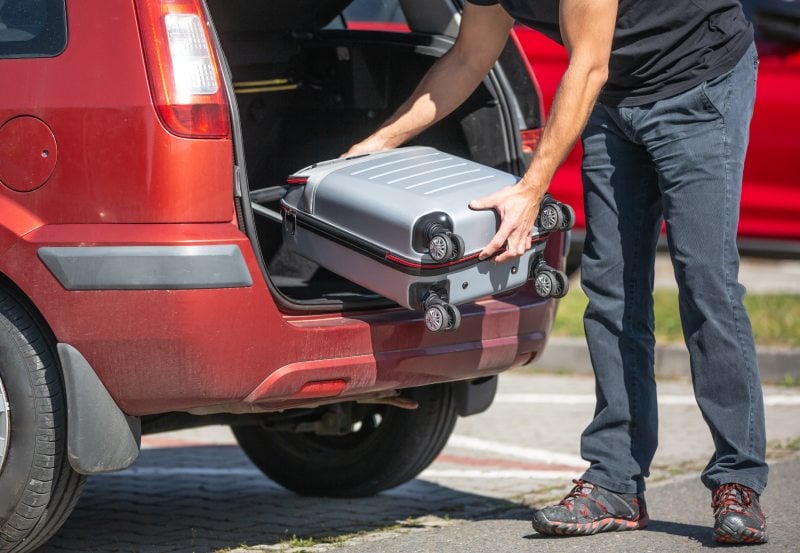
What documents do I need to drive in Europe?
When driving in Europe you should have the following documents ready for inspection:
- Car insurance certificate
- Vehicle registration certificate (V5C)
- Valid driving licence
- If you need them, a car insurance green card and international driving permit (IDP)
- Passport
- Visa if needed – check GOV. UK
- If you're hiring a car, a VE103 certificate
If you can’t find these documents, don’t worry. You should be able to replace the missing paperwork quickly.
What car insurance do I need to drive in Europe?
If you have a standard 12-month car insurance policy in the UK, you should be covered to drive in some European countries for up to 30 days.
But you need to check your European cover status, as the level of cover and the countries included can vary between insurers.
Even if you have comprehensive insurance cover in the UK, you might only have the most basic third-party cover for driving in Europe.
All UK car insurance policies should provide third-party cover to drive in:
- The EU – including Ireland
- Andorra
- Bosnia and Herzegovina
- Iceland
- Liechtenstein
- Norway
- Serbia
- Switzerland
If you only have standard third-party cover to drive in Europe, it might be worth considering paying a bit extra to upgrade your cover.
With third-party insurance, if you're involved in an accident that's your fault or where the fault is unknown, you can't claim for any repairs to your own car.
Do I need a green card to drive in Europe?
You don't need a green card to drive in:
- The EU
- Ireland
- Andorra
- Bosnia and Herzegovina
- Iceland
- Liechtenstein
- Norway
- Serbia
- Switzerland
However, according to the GOV.UK. website you may still need to carry a green card to drive in other countries in Europe, including:
- Albania
- Azerbaijan
- Belarus
- Moldova
- Russia
- Turkey
- Ukraine
A green card is an internationally recognised document that acts as proof of insurance in Europe and other countries abroad.
You can get a green card from your insurer for free, but make sure you leave plenty of time to get one before you travel. We can't provide you with a green card - you must go direct to your insurance provider.
Do I need a green card outside of Europe?
According to the Motor Insurance Bureau you’ll need a green card to drive in:
- Islamic Republic of Iran
- Israel
- Morocco
- Tunisia
You get can get a card, which acts as proof of vehicle insurance, by contacting your insurer.
What licence do I need to drive in Europe and abroad?
You just need a full UK photocard driving licence.
If you have a paper driving licence, or your licence was granted in Gibraltar, Guernsey, Jersey or the Isle of Man, you may need an international driving permit (IDP).
In some European countries you're also required to be at least 18 years old to drive.
Do I need breakdown cover when driving in Europe?
If you're worried about being stranded while driving in Europe, it's worth considering European breakdown cover.
Some breakdown cover policies include this, but most standard policies don't. You should be able to upgrade your breakdown policy to include Europe, but this comes at an added cost.
European driving kit
In the UK, you’re not required to carry any particular equipment with you when driving.
But in some European countries, it’s compulsory to have certain items.
You may already have some of the gear as part of your breakdown kit.
Standard items include:
- A warning triangle
- Reflecting or high-vis jackets
- Headlamp converters
- Spare bulbs for lights
- A first aid kit
These items could help if you find yourself unfortunate enough to breakdown.
Always check before setting off as different countries have different rules.
Do I need a UK sticker when driving abroad?
Yes - government advice states that you should display a UK sticker clearly on the rear of your car if your number plate has:
- A GB identifier with the Union flag
- A Euro symbol
- A national flag of England, Scotland or Wales
- Numbers and letters only - no flag or identifier
These replace the earlier GB stickers.
If your number plate has a UK identifier with a union flag, you don't need a sticker.
If you're driving in Spain, Cyprus or Malta you need the UK sticker regardless of what's on your number plate.
Drivers who don't have the new UK sticker while travelling abroad could face penalties. These vary depending on what country you're in.
You don't need a UK sticker if you're driving in Ireland.
Do I need an international driving permit to drive abroad?
If you’re driving outside of Europe, chances are you need an international driving permit (IDP).
An IDP lets you drive in more than 140 countries.
So if you’ve ever fancied driving in Thailand or want to take a road-trip through the US, getting an IDP should be top of your list.
It’s a multi-language version of your driving licence, but make sure you bring your original UK driving licence with you, too.
There are different types of permits – depending on the country you’re driving in.
For more information on what countries need IDPs, read our guide to international driving permits.


